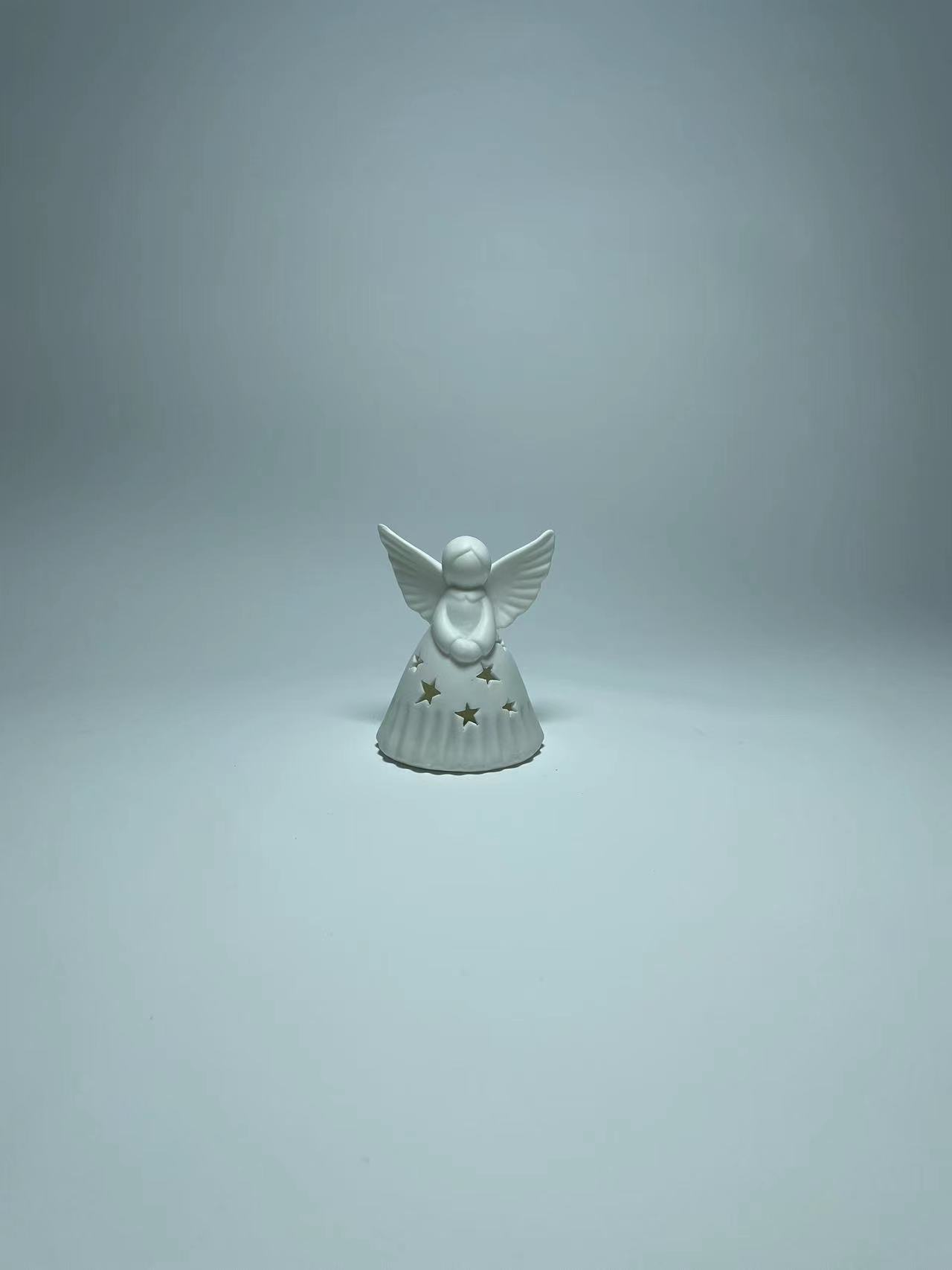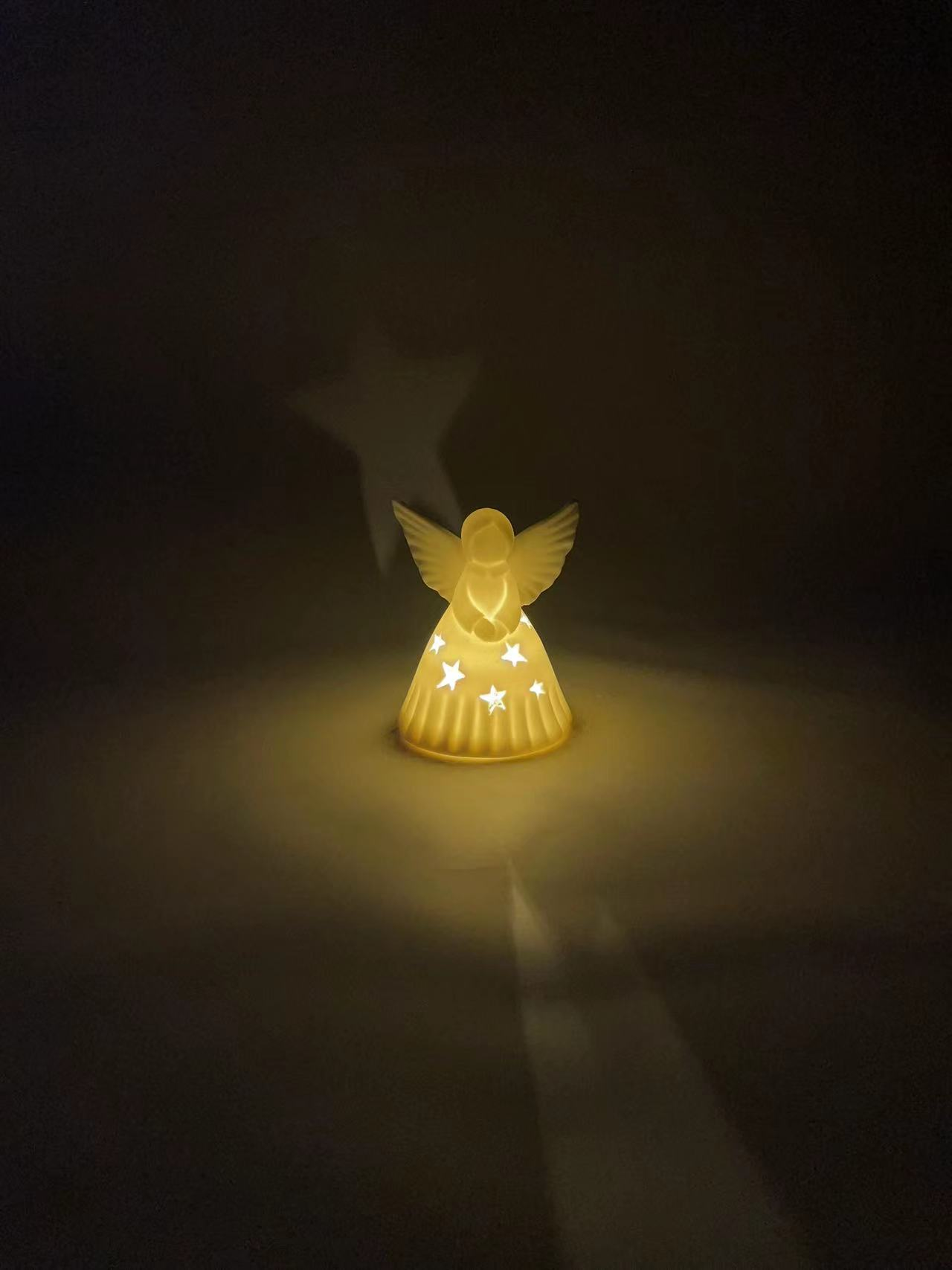White porcelain is the traditional porcelain of the Han nationality. Because of its popularity, white porcelain appears noble and has a wide range of uses.
It was first created and burned before the Eastern Han Dynasty, from the famous transitional gray and white porcelain Xing kiln in the Tang Dynasty to the white porcelain Ding kiln and Ru kiln in the early Northern Song Dynasty. The white porcelain of the Yuan Dynasty contains blue in white, and the white porcelain appears retrogressive. The original image of white porcelain was restored in the Ming Dynasty.
The peak of white porcelain is Ru kiln in the Northern Song Dynasty. Ru kiln is egg-white and translucent. Its royal porcelain sheet is 100 times as white as ordinary white porcelain, which is very precious. People have praised the lost preciousness of its craft; It is better to have a piece of Ru kiln even if you have a large family. For its whiteness, foreign countries consider it the only representative of [Chinese white]. Even the whitest white porcelain in modern times has not surpassed it; The picture data can't show its whiteness.
White porcelain is also the basic porcelain for painting and firing color porcelain. It is the best bottom and back basic porcelain for five-color porcelain, blue-and-white porcelain and dou color porcelain. White porcelain represents the future. It has the largest firing volume and market share among all kinds of porcelain.


Introduction to white porcelain:
Definition]: There is no or only a very small amount of colorant in the glaze. The green body is hung with glaze, and it is fired into the kiln by high temperature flame.
Chinese porcelain has a long history and a wide variety. In addition to the noble and elegant blue and white and colorful porcelain. Elegant white porcelain is also a favorite variety of people. Although it does not appear to have colorful patterns and bright colors, it shows people the natural beauty in its simplicity.
White porcelain generally refers to porcelain with white body and transparent glaze on the surface. There are many Tang Dynasty white porcelain in the Shanghai Museum. These white porcelain of the Tang Dynasty are exquisite in making. The soil is washed clean, the impurities are few, the body is very fine, and the whiteness is relatively high. After a layer of transparent glaze is applied, the color reflected is very white. Lu Yu, the tea sage, once praised the white porcelain of the Xing kiln of the Tang Dynasty as the top grade in the "Book of Tea", and described its body glaze as white as snow and silver.
It has the characteristics of compact and transparent body, high fire degree of glazing and ceramic, no water absorption, clear sound and long rhyme. Because of its white color, it can reflect the color of tea soup, moderate heat transfer and thermal insulation performance, and its colorful color and different shapes, it can be called the treasure of tea drinking utensils.
As early as the Tang Dynasty, the white porcelain utensils produced by Xingyao in Hebei Province had been "universally available". Bai Juyi also wrote poems praising the white porcelain tea bowls produced in Dayi, Sichuan. In the Yuan Dynasty, white porcelain tea sets in Jingdezhen, Jiangxi Province were sold abroad. Nowadays, white porcelain tea sets are even more refreshing. This white glaze tea set is suitable for all kinds of tea. In addition, the white porcelain tea set is exquisite in shape and elegant in decoration. Its outer wall is mostly painted with mountains and rivers, flowers and plants of the four seasons, birds and animals, human stories, or decorated with celebrity calligraphy, which is also of great artistic appreciation value, so it is most widely used.

